▻ Peter Vinding-Diers
In conversation with Peter Vinding-Diers
““I’ve always had an open mind, a very enquiring mind. I don’t think dogmas and stigmas mean anything to me.” ”
Episode Summary:-
Sarah Kemp talks to Peter Vinding-Diers, the revolutionary winemaker, whose autobiography, “Viking in the Vineyard,” has just been published by Académie du Vin Library. Peter has been at the heart of the fine wine industry for over 50 years, and at the forefront of it too. He grew up in Denmark, where both his father and grandfather loved wine. “Wine wasn’t at the prices they are today, it was affordable to drink wine,” he recalls. His father imported a hogshead of Château Lynch Bages every year, and the wine was bottled in Copenhagen; it remained consistently true to the château style, due to using a few other wines in lesser years (this was not unusual then with merchants bottling wine).
Later, on a road trip with a friend, he passed through the vineyards of Beaune and decided if he couldn’t be a forester (his family told him he was too stupid) he would become a winemaker. The decision was confirmed when he rented a small apartment in the south of France next to a grocer who sold him Burgundy, made by a friend, in unmarked bottles: “I still remember the taste of violets, it decided me, this is what I have to do.”
After an aunt left him a room full of Chinese furniture, he sold some of it to pay for an owner’s cabin on a freighter sailing to the Far East; he was the only passenger. He describes how it was his last, best moment to do a grand tour. On arriving in South Africa, he was taken by relatives to Groot Constantia, and decided “This is where it is going to begin.” As soon as his tour was over, he returned to South Africa, and after a spell at working on an estate where he was in the vineyards during the week and looked after their pigs at the weekend, he went to work at the Stellenbosch Research Institute. It was an important period in his life, based on an insight: “It was where I began to think that every vineyard had its own yeast.” After the Research Institute, he worked for the Barlow family at Rustenburg, until an opportunity presented itself in Bordeaux. “With two young boys the political climate wasn’t to my liking, a bit daunting, and if you get the chance to work in Bordeaux you take it.”
Peter then talks about his time at Château Loudenne, with Martin Bamford MW, who was a great inspiration to him. The 1970s was not the greatest decade for Bordeaux wines, but it was the decade where a great deal was happening behind the scenes, including the introduction of malolactic fermentation, and, with Peter at the forefront, the use of indigenous yeasts. When two Australians, Peter Fox and Len Evans, decided to buy a property in Bordeaux (they originally were after Château d’Yquem, but it wasn’t for sale) they settled on Château Rahoul in the Graves. Peter joined them. He discusses his time there and how he and Australian winemaker Brian Croser (who Len Evans had sent over from Australia to show Peter how to make white wine) isolated the indigenous yeasts at Château Rahoul and chose one which was called “R2”.
When Fox was killed in a car accident, Peter was left to sell the property, and he talks openly about the financial pressures on him, the problems with the lawyers and how he had to pay to bring in the vintage himself. He did find a buyer, but then had to sell it on again, and finally left. While at Rahoul, he had also purchased with friends a property Château de Landiras, a cold farm on the border of Les Landes where he specialised in making white wine. The wines were successful, but he explains, “loans were running at 14% and social security at 45%--it was a lot of money to find every month.” When someone wanted to buy the farm, he had a huge fight on his hands, “there was no lawyer in Bordeaux who would touch me, Credit Agricole is a giant.” Friends stepped in to help, Hugh Johnson lent him a million, but the property was in the end sold.
Peter headed to Italy and took an apartment with his wife Susie in Rome, from where he consulted in Tuscany and around the world, and worked with Tony Laithwaite of Direct Wines Ltd. He was coined the first “flying winemaker,” and made wine in Brazil, Chile, Hungary, and Ribera del Duero with his nephew Peter Sisseck. He co-founded the Royal Tokaji Wine Company with Hugh Johnson and discusses how the project came about, and the luck of finding an old book in a second-hand Budapest bookshop, written in Latin, describing the 1700 classification of Tokaji vineyards, which “suddenly revolutionised our optic of buying and swapping our vineyards, we had the upper hand, as we knew which were the first growths”
After winemaking around the world, he has settled on Sicily, after Andrea Franchetti’s uncle Giorgio Franchetti told him, “Sicily will sort you out, Sicily will suit you.” He has established Vinding Montecarrubo on old volcanic soil on the slopes of Mount Etna and has planted it to Syrah, and 1 hectare of the native white grape Grillo. He is thrilled with the results, and discusses why he believes in massal selection. He reveals he has one more experiment he is trying, spraying the vines with bacteria to eliminate fungus on the vines, all biologically correct. “If a success we can say goodbye to sulphur and copper,” he says. “Just imagine the satisfaction if it works. . . I’m firmly in Sicily,” he tells Sarah, “and I couldn’t have done it without Susie’s help.” His book is a wonderful personal insight into the heart of the fine wine world, as well as being an extraordinary adventure story.
Running Order:-
-
0.00 – 7.53
“No one is born knowing it is Lafite ’49, not even Eric.”
Peter talks about growing up in Denmark and how both his father and grandfather loved wine. His father imported a hogshead of Château Lynch Bages every year which was bottle in Copenhagen, and how it remained consistently true to the château style, due to using a few other wines in lesser years. He talks about how a lot of the Grands Crus châteaux owners would stock up on the London bottlings of lesser years which they would serve with great pride back home in Bordeaux. He remembers being at Château Palmer with Len Evans, being served a wine blind. He believes that if you are asked what a wine is when served blind, you should just say it (which he did, and he was correct). He discusses the “Option game” which Len Evans played, where you start guessing what the wine is, using different criteria. Sarah and Peter agree it is a great way to learn about wine. -
7.54 – 16.08
“It was very important to work at that Experimental Station at Stellenbosch, because that is where I began to think that every vineyard had its own yeast.”
A road trip in 1965 from Switzerland to France with a friend took them through the vineyards of Beaune.
“I saw these vineyards which looked like trees, and my big dream was to be a forester, but unfortunately I’d been told by everyone in the family that I was too stupid to become one, so I thought, ‘This is going to be my revenge. I may not be very good at counting the rings but I can taste it every year,’ and it became a bit of an obsession.” Peter went on to rent a small apartment in the South of France next to a grocer who sold him bottles of the most wonderful Burgundy in unmarked bottles made by a friend. “I still remember the taste of violets, it decided me, this is what I had to do.”
An aunt left him a “Chinese room” and he sold some of the furniture to pay for an owner’s cabin on a freighter sailing to the Far East. He was the only passenger on board, and on route they stopped off at Cape Town. Some relatives took him to visit Groot Constantia, and he describes how he knew he had to return. He did, with his young wife, Susie, and found work in a vineyard whilst looking after pigs at the weekend. He progressed to the Research Institute at Stellenbosch. “I’ve always had an open mind, a very enquiring mind. I don’t think dogmas or stigmas mean anything to me. It was very important to work at that experimental station because that was where I began to think that every vineyard had its own yeast.” He explains: “We’d made an experiment where wines from all over the Cape had been fermented with the same yeast and they all tasted the same and I thought there is something fundamentally wrong with this, and of course I was told I was a novice, an idiot, a nobody, but later it helped me in Bordeaux because I did develop this theory that every vineyard has its own yeast and I proved it organoleptically in 1985, but my friend Denis Dubourdieu, who was a professor at the University of Bordeaux, proved it scientifically. It took him 20 years.”
Peter talks about his move to work at Rustenburg for the Barlow family and how Reg Nicholson, the head winemaker, became a great mentor to him. -
16.09 – 31.00
“You can’t talk about terroir unless you have your own yeasts.”
An opportunity arose to work for Martin Bamford MW at Château Loudenne in Bordeaux, and with Reg Nicholson’s encouragement he took the job. Peter talks of his time at Château Loudenne and what happened when the big bosses who had spent a considerable amount of money on a new bottling line came to visit, leaving Peter to work out how to keep them from knowing when it didn’t quite work smoothly. He left Loudenne to work for two Australians, Peter Fox and Len Evans. They had come to Bordeaux in the hope of buying Château d’Yquem, but it wasn’t for sale. Peter Fox arrived at Château Rahoul, dived into the swimming pool and decided to buy it. The relationship between Len Evans and Peter wasn’t always easy, but Peter told him, “I still laugh at your jokes”. Len did send the brilliant Australian winemaker Brian Croser over to Château Rahoul to teach Peter to make white wine. “Brian did teach me how to make white wine and I am ever grateful because it is a totally different discipline than making red wine.”
Peter describes how he insisted on using indigenous yeasts and how he and Brian came to identify the best yeast which was called “R2.” A company managed to get hold of the yeast and cultivate it, and it became very successful, but neither Peter nor Brian ever saw a penny from it. Another success was when Château Rahoul was accepted into the prestigious UGC, which led to trips around the world with the other top Château owners.
The death of Peter Fox in a car crash led to a difficult period, with Peter having to find a new owner for Château Rahoul, whilst dealing with the lawyers for the estate of Peter Fox. He had to finance the vintage himself. Whilst at Château Rahoul he had bought with friends a property, Château de Landiras, a cold farm on the border of Les Landes, where he successfully specialised in white wine. Peter describes the difficulties he encountered with Credit Agricole, who were trying to pull the rug from under him. Friends rallied round, including Hugh Johnson who lent him a million pounds. In the end the property was sold anyway and Peter left France to start a new life in Italy. -
31.02 – 40.02
“The book in dog Latin suddenly revolutionised our optic of buying and swapping vineyards. We had the upper hand, as we knew which were first growths.”
Peter describes leaving France for Tuscany, which he immediately knew wasn’t for him. He and the family moved to Rome, which was convenient for his new life as a wine consultant--he could get to the airport easily. He worked with Tony Laithwaite and was called “the first flying winemaker.” In the early ‘90s he made wine in Brazil, Chile, Hungary and Spain. It was in Spain, in Ribera del Duero, that he worked with his nephew Peter Sisseck, who went on to fame with Pingus.
Peter talks about founding the Royal Tokaji Wine Company with his friend Hugh Johnson, and the challenges of working in a country which had been under Communist rule. He recounts the people who helped and hindered; he talked to people who had left Hungary but had made Tokaji in the ‘50s, but good information was meagre. Then he had an odd great breakthrough, finding an old book. “Best of all was finding a book in a bookshop in Budapest, it was Anton Szirmany’s Notitzia Geographica et Topografica,” which listed the 1700 classification of vineyards, by vineyard, hill by hill. It’s like the Burgundy classification, based on the same principles as Burgundy, something that makes a lot of sense, it wasn’t based on the Bordeaux one, on how much you sold your wine for.” -
40.03 – 51.30
“Sicily will suit you.” – Giorgio Franchetti
He finally settled in Sicily. An initial project to work with his nephew Peter Sisseck and Andrea Franchetti didn’t work out, but led to him buying Montecarrubo on the slopes of Mount Etna, where he is making Syrah on ancient volcanic soil. Peter talks about why he chose to work with Syrah, his disdain for Nero d’Avola, and why he has planted 1 hectare of the native white grape Grillo.
His latest experiment is spraying the vines with a bacteria, which if successful will eliminate fungus on the vines, and eliminate the need to use sulphur and copper. He declares, “I’m firmly in Sicily,” and pays tribute to his wife Susie: “I couldn’t have done it without Susie’s help.” The adventure continues.
RELATED POSTS
Keep up with our adventures in wine
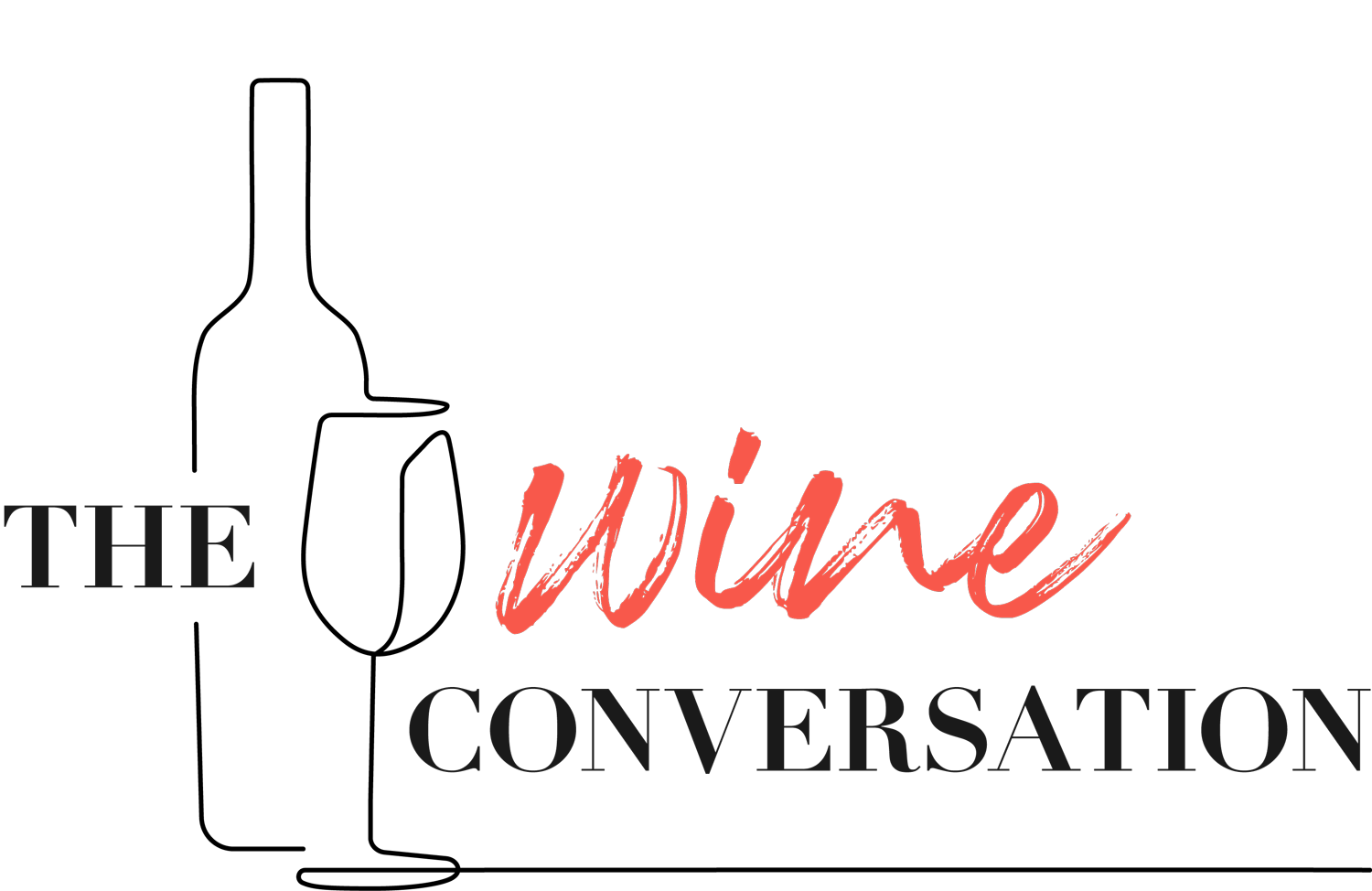





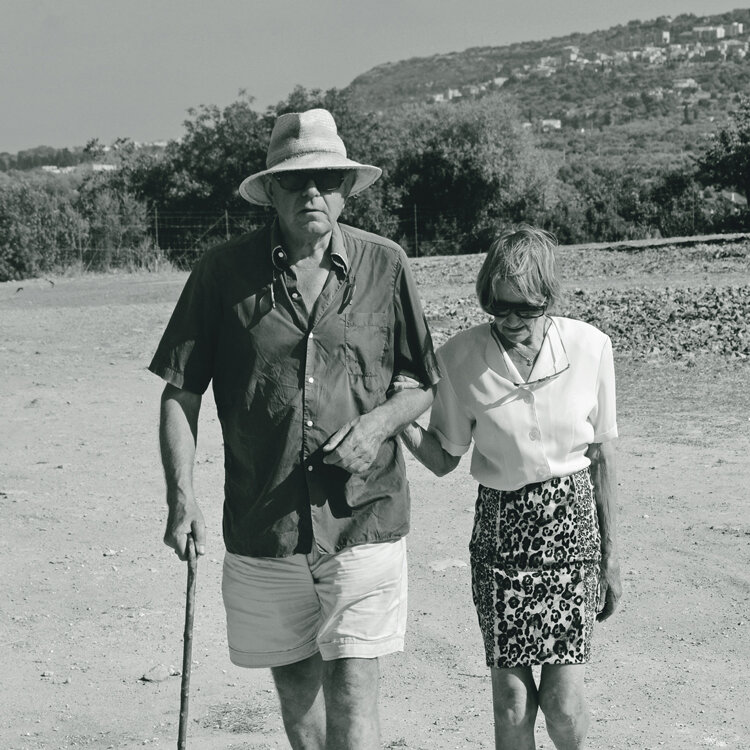
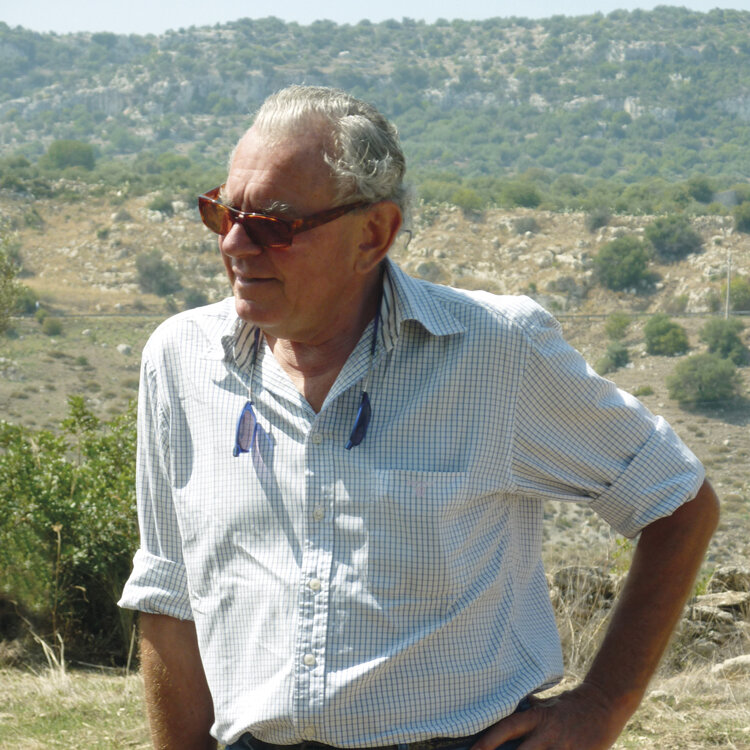
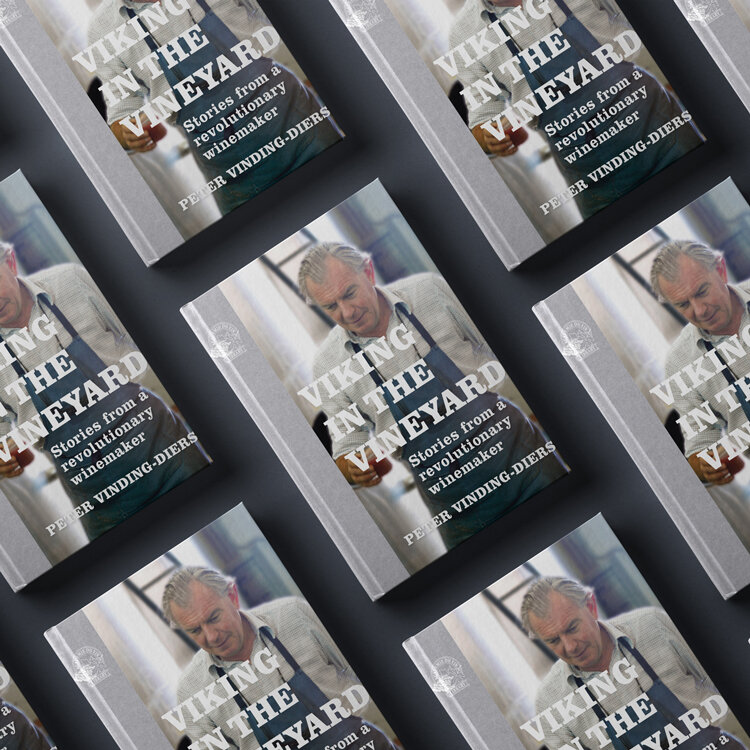
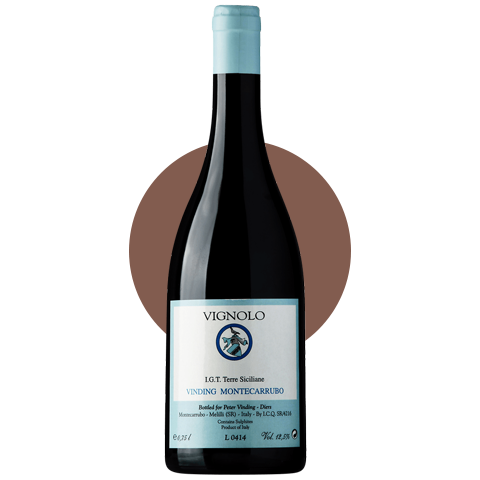
John Stimpfig talks to Axel Heinz, who caused shockwaves last year when he left Ornellaia and Masseto to head back to Bordeaux to run Château Lascombes.